Stoneroot (Collinsonia canadensis), packet of 20 seeds, organic
$4.95
Family: Mint (Lamiacea)
Hardy to Zones 4 to 8
(Stone Root, Richweed) Sturdy, handsome broad-leaved perennial native to the eastern US hardwood forest biome, flowering to 4 feet tall. Plant bears bright panicles of yellow flowers that smell like lemons. Traditional use (TWM): Tincture of the fresh, stone-hard root helps shrink varicosities—general vascular tonic. Stoneroot likes moist soils in the dappled shade of woodland or shade garden. This is one of the easiest and most rewarding to cultivate of the wild woodland medicinals. In the woodlands, you will find the plant in moist, deep soils near streams or in lowlands. The plant has a definite non-weedy presence, as if a show plant from a botanical garden was somehow transported into the wild. The plant withstands more light than most deep-forest herbs, and some patches on our land are planted in places where they receive half a day of sun with no deleterious effects. In fact, some sunlight is necessary in order for the plant to complete its seeding process. Honeybees love stone root–it provides some of the best nectar available in the forest understory. Stoneroot is easy to grow from seed but the seed does require cold stratification before it will germinate. Give 60 to 90 days refrigeration in moist medium (plastic bag or jar containing moist peat with the seeds mixed in), or sow in fall for germination in the spring. We are offering only seed from the new harvest. Space plants 2 feet apart.
20 seeds per packet, certified organically grown
In stock

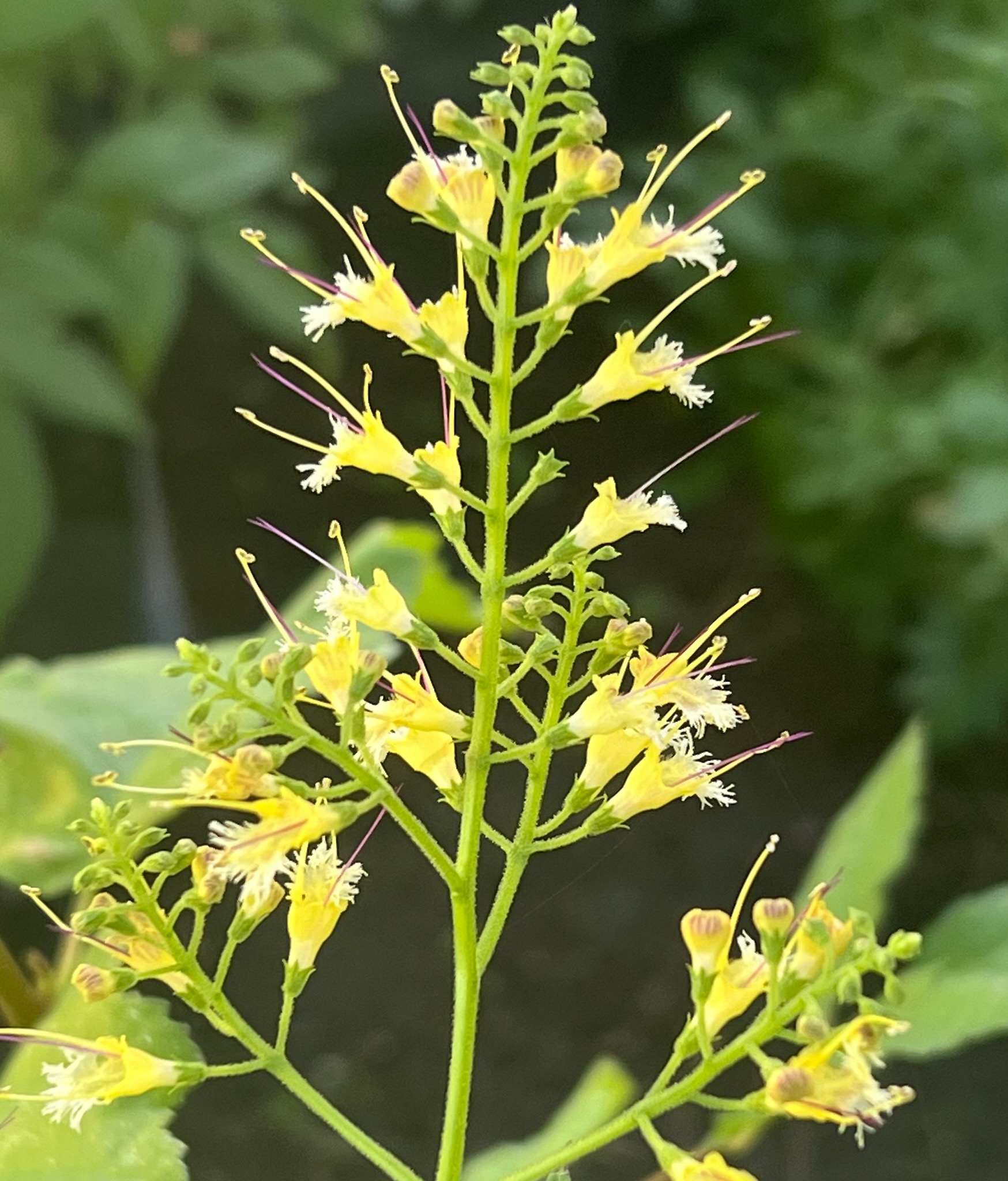
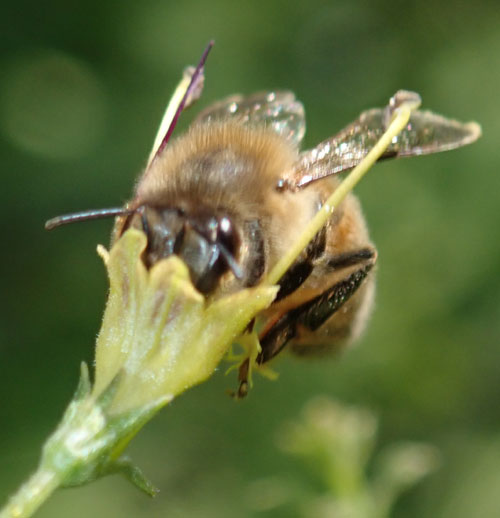
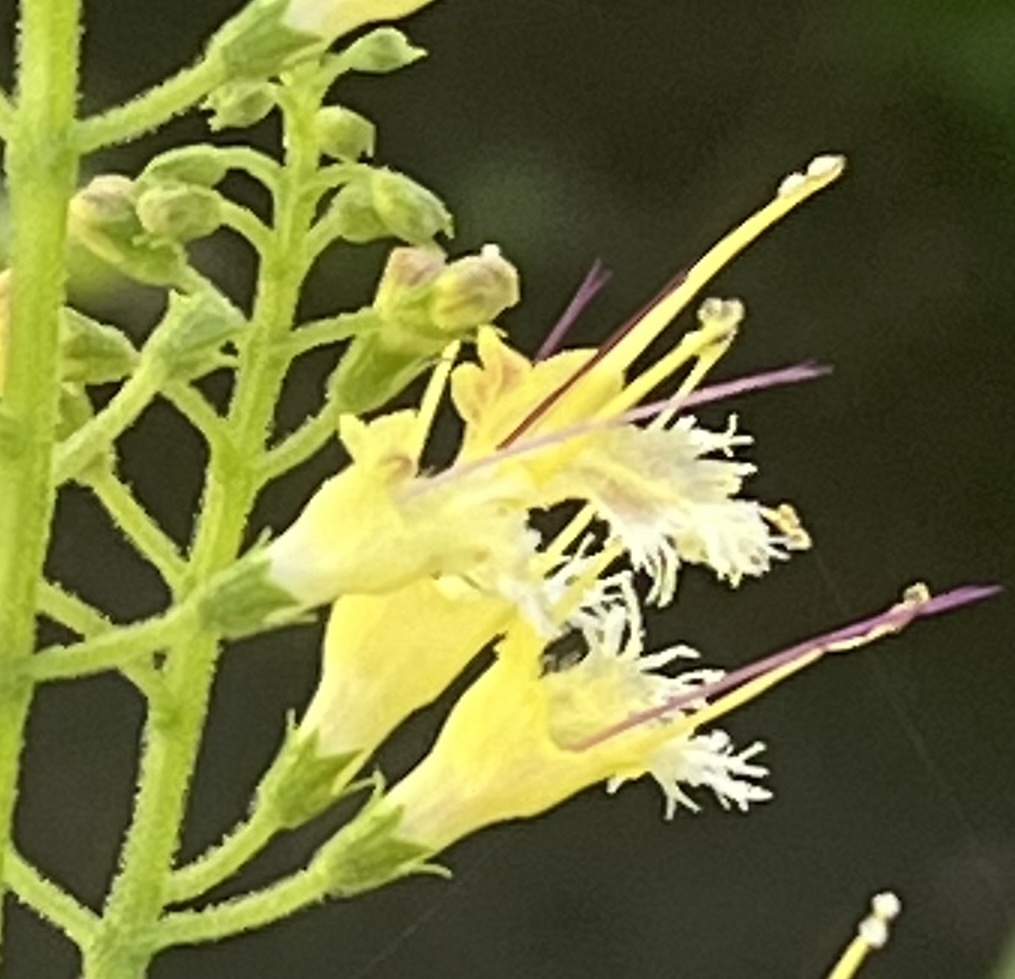
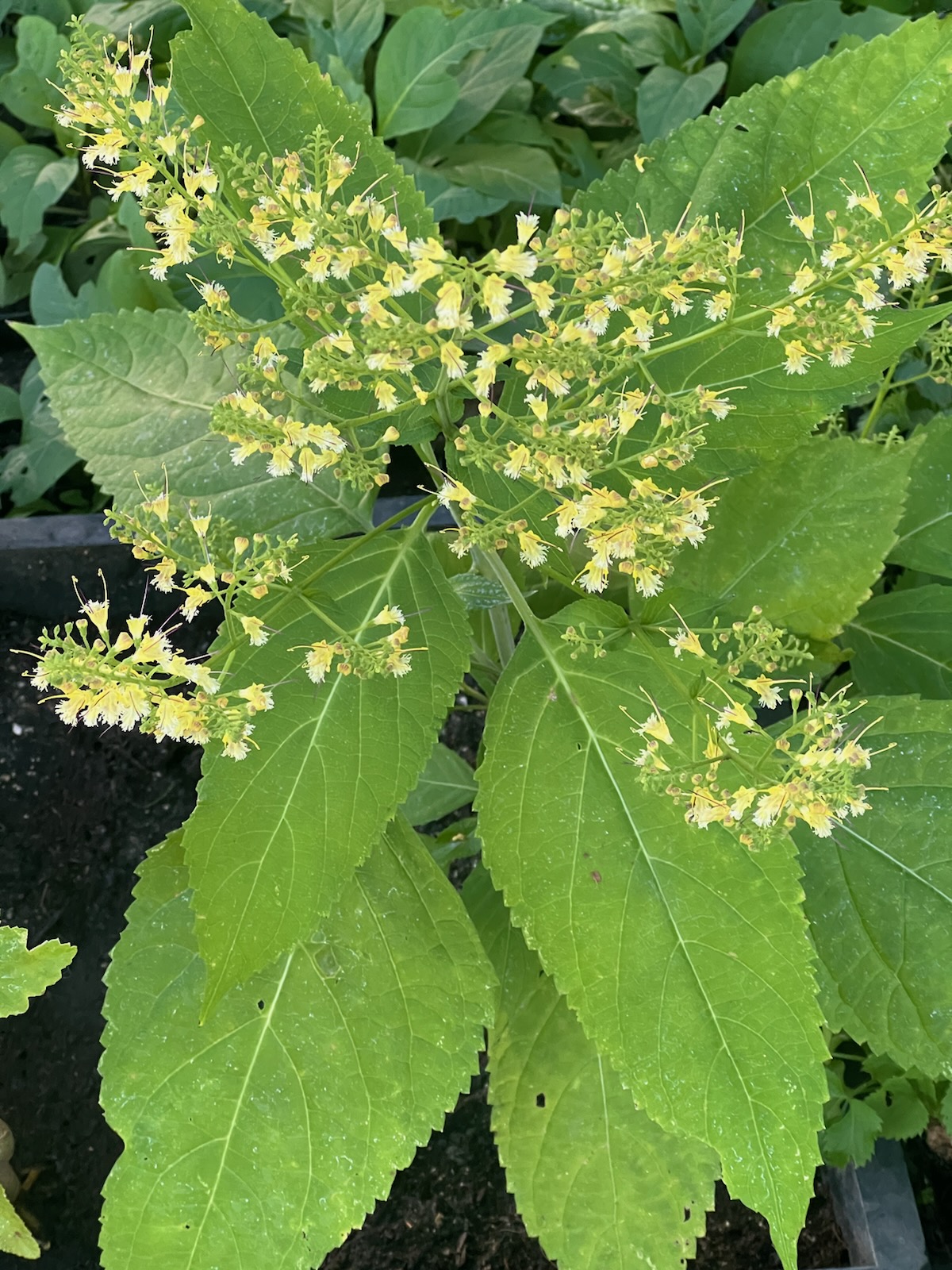


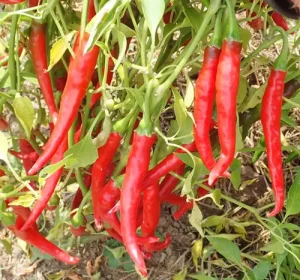

Question
JD –
How deep to plant these seeds out in the shade garden?
Upvote if this was helpful (0) Downvote if this was not helpful (0) Watch Unwatch Flag for removal
Richo Cech –
Hi JD, Very small seeds, difficult to keep track direct-seeding, a deep flat would give better control. Barely cover and tamp. Richo
Upvote if this was helpful (0) Downvote if this was not helpful (0) Flag for removal
Megan Olmstead (verified owner) –
Planted packets into flats in the fall. I left them outside beneath our favorite sourwood tree. Here in Georgia it rained continually last winter, yet the seedlings came up like champs. An interesting note- I purchased two packets and sowed one packet into each flat. The flats have the same potting mix, except for one was innoculated with forest soil from the ferny bottomlands near the creek… a suggestion I took from Richo and Sena’s “Medicinal Herb Grower” book. The flat with the innoculant soil has better germination rate, came up sooner, and has juicier seedlings. A fun experiement, thanks for the good advice! I look forward to planting them out into the wilds… but have one question. Do you think these will appeal to deer?
Upvote if this was helpful (0) Downvote if this was not helpful (0) Watch Unwatch Flag for removal
Richo Cech –
Hi Megan,
You gave us a very good example of the kind of ongoing experimentation that helps gardeners hone their technique. Of course, nature always has her input in the matter… The method you used with these is the method that works best with about 50% of temperate species. Stoneroot is not very attractive to deer, but if its the only thing they have to eat, they’ll eat it.
Richo
Upvote if this was helpful (0) Downvote if this was not helpful (0) Flag for removal